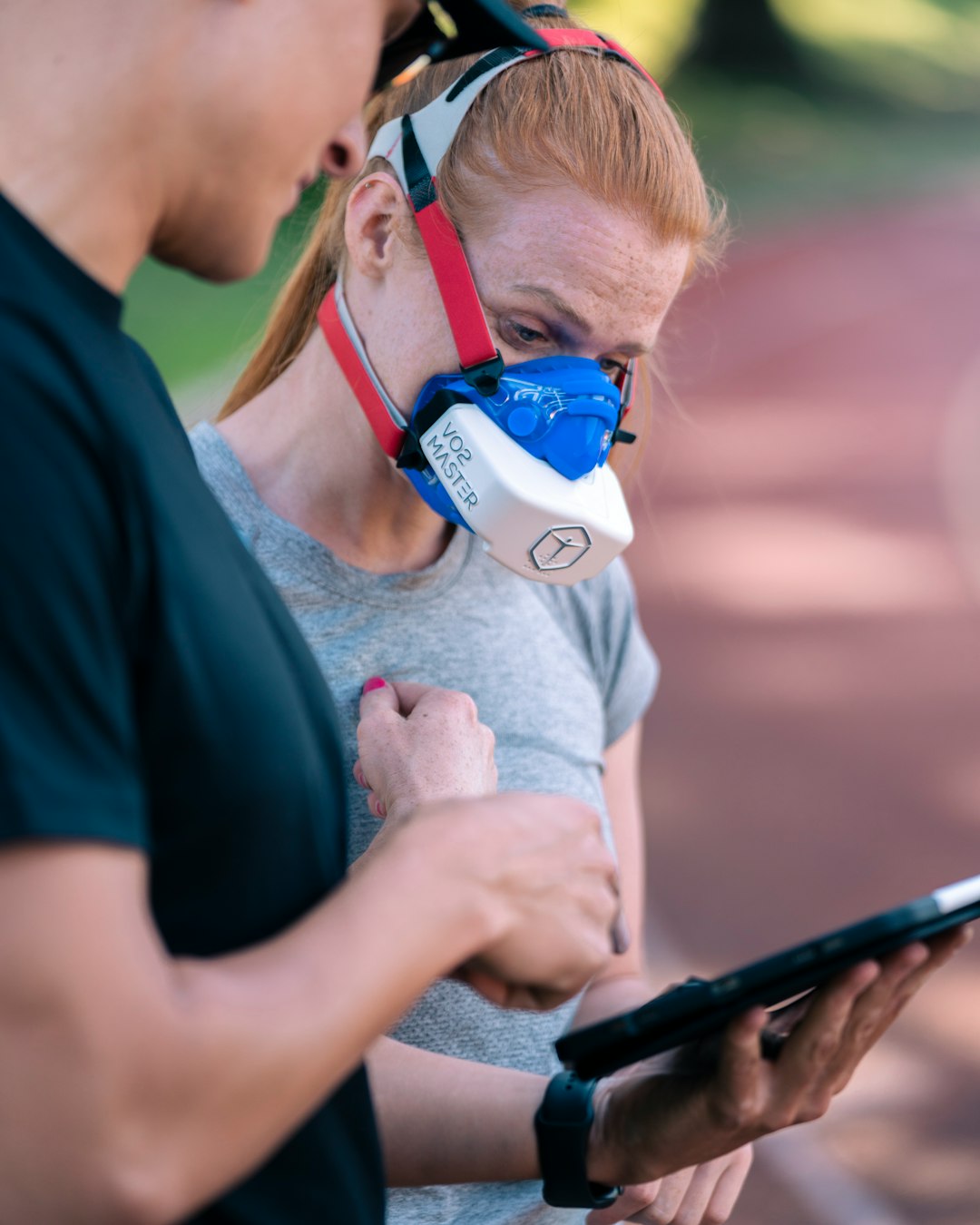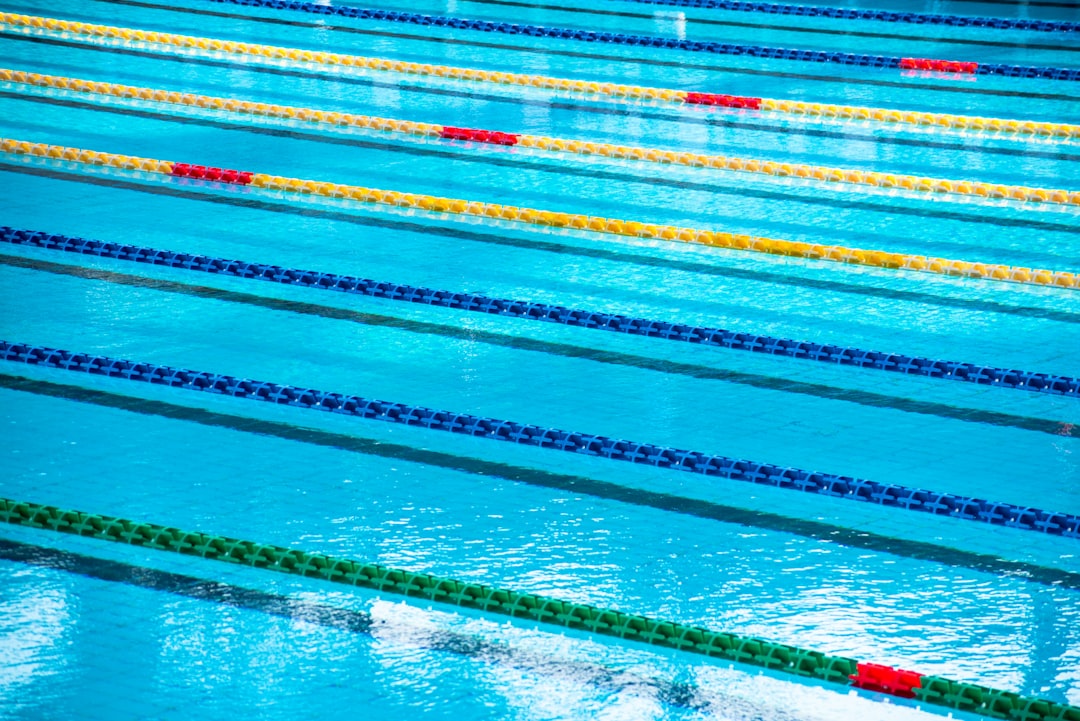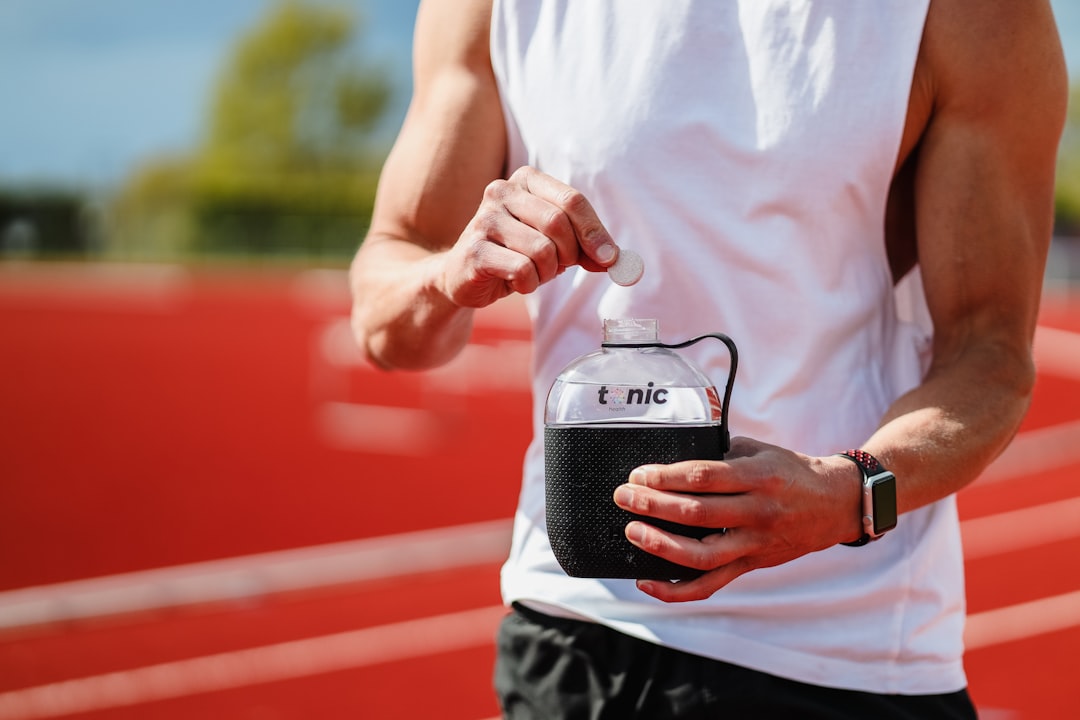The road to Olympic gold doesn’t just run through years of discipline and training anymore—it’s now paved with data, sensors, and machine learning. As the USA’s top Olympic hopefuls gear up for competition, an invisible team of engineers, developers, and sports scientists are working behind the scenes to give them the edge they need on the global stage. The secret weapons? Cutting-edge technology that blends performance analytics with wearable innovation.
From real-time biometrics to AI-driven video analysis, technology is transforming how athletes train, recover, and strategize. Whether it’s perfecting a gymnast’s tumbling sequence or improving a swimmer’s stroke efficiency, elite athletes are harnessing digital tools that were the stuff of science fiction just a decade ago.
1. Wearable Technology: The Athlete’s Second Skin
Wearable sensors have become essential gear in Olympic training kits. These small, often discreet devices track everything from heart rate and oxygen levels to muscular load and movement efficiency. Track star Sha’Carri Richardson, for example, uses smart insoles that map her foot pressure as she sprints, giving her coaches a dynamic picture of form and force distribution.
These gadgets don’t just collect data—they analyze it in real time. Coaches can monitor performance during practice and adjust immediately based on feedback, making each session more impactful than the last.

2. Motion Capture and Biomechanics
3D motion capture systems, derived from film and animation tech, are now revolutionizing physiotherapy and technique optimization. Athletes train in labs where every millimeter of their motion is recorded using infrared cameras and markers attached to their bodies. This allows coaches to identify inefficiencies or high-strain movements that could lead to injury if not corrected.
For instance, top decathletes use motion capture to simulate each event within controlled environments, comparing variations and enhancing performance consistency across disciplines. The result is a fine-tuned, data-driven performance enhancement plan tailored to individual athletes.
3. AI and Machine Learning in Performance Tracking
The advent of AI in sports analytics has enabled previously unimaginable insights. Software now watches thousands of hours of athlete footage and detects imperceptible changes in movement quality or fatigue signals. Analysis that once took a team of experts now happens in seconds with higher precision and objectivity.
Swimming phenom Katie Ledecky, for example, benefits from AI platforms that map her swim strokes and adjust training regimens to maintain peak performance with minimal physical toll. These solutions extend beyond performance to make injury prevention an equal priority.

4. Virtual Reality (VR) and Simulated Training Environments
Virtual reality is no longer limited to gaming. Today’s Olympic hopefuls are using VR simulations to mentally rehearse races, routines, and possible scenarios. Gymnasts use VR to simulate crowd environments, helping them stay focused amid intense pressure. Meanwhile, fencing athletes practice strategic maneuvers against virtual opponents, refining reactions too fast for the naked eye.
This “mental reps” approach is especially valuable when physical rest is needed. Injured or recovering athletes can still stay sharp by visualizing entire routines through immersive simulations, maintaining psychological readiness while healing physically.
5. Recovery Technology Revolution
Recovery is just as crucial as performance, and recent advances ensure athletes bounce back faster than ever. Compression boots, cryotherapy chambers, and infrared therapy all serve to enhance blood flow and reduce inflammation. Add AI-led recovery programs that monitor fatigue and recommend rest cycles, and it’s clear how far athletes have come from ice packs and rest alone.
The integration of these recovery tools means athletes can train harder, knowing their bodies are being cared for just as intensively as their technique.
FAQ
-
Q: How is data collected from athletes without disrupting their routines?
A: Most data is collected through lightweight wearables and sensors embedded in clothing or gear, making them virtually unnoticeable during training. -
Q: Are these technologies only accessible to Olympic-level athletes?
A: While originally developed for elite sports, many of these technologies are gradually becoming available to amateur athletes and fitness enthusiasts through commercial products. -
Q: Can technology replace traditional coaching?
A: No, technology enhances coaching by providing data and analysis. The human element—insight, motivation, intuition—remains irreplaceable. -
Q: What role do sports scientists play in this tech integration?
A: Sports scientists collaborate with tech developers and coaches to interpret data and customize training plans that are both effective and safe.
As Olympic dreams grow ever more competitive, the fusion of sport and science ensures that America’s top athletes don’t just rely on talent and training. They’re backed by a digital arsenal—quietly calculating, analyzing, and optimizing at every step—propelling them closer to the podium with each stride, stroke, and leap.
